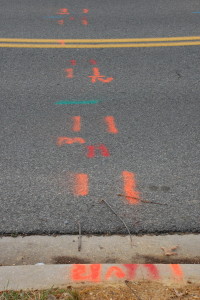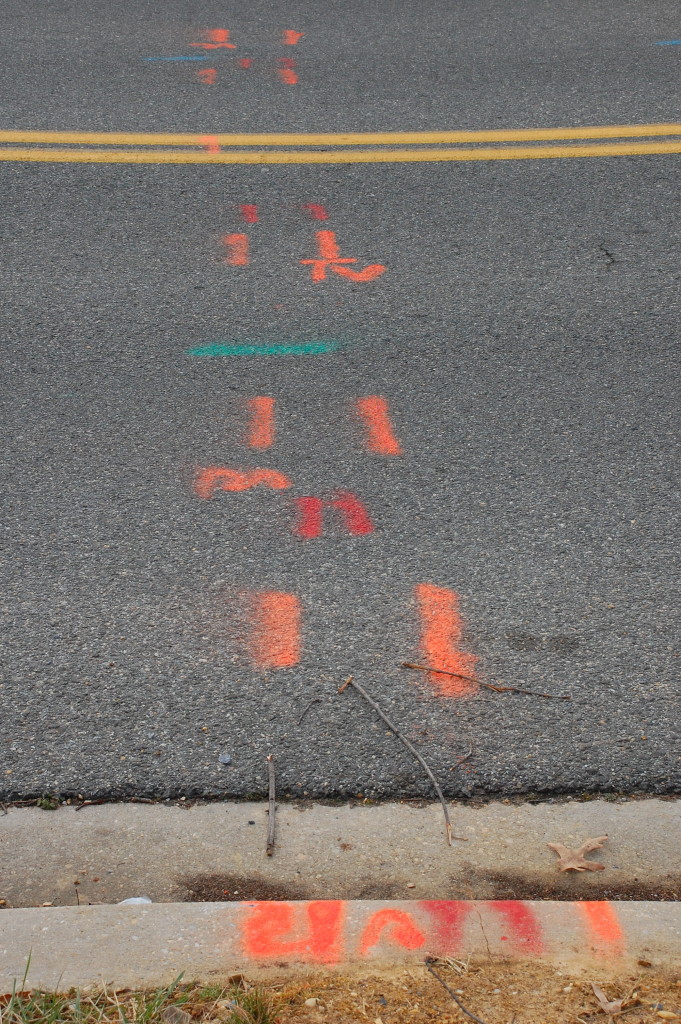 With the warmer months upon us, construction projects large and small are in full swing. This usually means some sort of excavation or digging, whether it’s to dig a new foundation, put in a garden bed or to expand a roadway. If you’re digging into the earth below your feet, for either work or pleasure, it is important to remember that there are more than just worms and dirt. There are also underground utilities. Things such as gas lines, water lines, sewer lines and electrical conduits are sometimes buried beneath the ground, and caution needs to be taken if you’re planning on breaking the ground. Significant damage, injury or even death can occur if a utility line is damaged by mistake. Here are a few tips on what to do.
With the warmer months upon us, construction projects large and small are in full swing. This usually means some sort of excavation or digging, whether it’s to dig a new foundation, put in a garden bed or to expand a roadway. If you’re digging into the earth below your feet, for either work or pleasure, it is important to remember that there are more than just worms and dirt. There are also underground utilities. Things such as gas lines, water lines, sewer lines and electrical conduits are sometimes buried beneath the ground, and caution needs to be taken if you’re planning on breaking the ground. Significant damage, injury or even death can occur if a utility line is damaged by mistake. Here are a few tips on what to do.
Tip # 1: Map Out Where You’re Planning on Working
This might sound a bit silly to say, but it is very important that you map out specifically where you are going to dig. Whether it’s for a garden or putting in a new garage, knowing the location of the project can help the utility companies to determine if you’re digging dangerously close to one of their utility lines. The best course of action is to take a can of white marking paint — something you can buy at most hardware stores — and paint a box around the area that you want to excavate or dig in.
Tip #2: Call 8-1-1 At Least 72 Hours Before
The 8-1-1 Utility Hotline is a free service that operates nationwide and serves as a connection between the different utilities in the area and the general public. Essentially you call 8-1-1 at least 72 hours before the start of your project, and the service determines what utilities are located in your area and contacts them for you. The owners of the utilities (gas, electric, phone, etc) then send their technicians out the area to mark where the underground utilities are located using specific colors. Usually, gas lines are marked with yellow, electric is marked with red, and water is marked with blue. However, the lines are usually also labeled with the characteristics of the utility. For example, a high-pressure gas line 8 inches down will be marked in yellow, with the words “8 in H.P. Gas” or “8 inch H.P. Petrol.” It is important to remember that once the utility companies are contacted, they have a total of 72 hours to come out and mark their utilities, so plan accordingly.
Also, keep in mind that this service usually only marks the main utility line in the area of your excavation- not the private lines servicing your house. It may be in your interest to have a private contractor to come out and do a private property locate. Many private locators will either use ground penetrating radar or tracer lines to extend the marks of the utility company to where they are on your property. They do charge a fee, but considering the cost of a broken sewer or having the electricity cut off from your house, it is a reasonable investment.
Tip # 3: Begin Your Work and Pay Attention to the Utility Marks!
 Remember that the marks on your ground for the utilities denote the center line of the pipe or conduit. Usually, the lines extend beyond the mark about 2-4 feet on either side. So, be sure to play it safe and stay at least five feet from the mark when you start to dig. If you absolutely must get closer than that buffer zone, consider asking that the utility company send someone out to oversee your work and offer advice on how to proceed. Better safe than sorry, after all.
Remember that the marks on your ground for the utilities denote the center line of the pipe or conduit. Usually, the lines extend beyond the mark about 2-4 feet on either side. So, be sure to play it safe and stay at least five feet from the mark when you start to dig. If you absolutely must get closer than that buffer zone, consider asking that the utility company send someone out to oversee your work and offer advice on how to proceed. Better safe than sorry, after all.
Tip #4: Always Call, No Matter How Small or Large the Job
Many homeowners think that they can skip calling 8-1-1 before they dig because they are only planting a tree, or perhaps putting in a new mailbox. However, did you know that utility lines are in many more locations than you think, and can be located between 2 inches and 12 feet below the surface? That means that the shovel that you’re using to plant the tree may be capable of causing significant damage, just below the surface.
So whether you’re planning on excavating for a new driveway or planting a row of bushes outside your home, the importance of calling 8-1-1 before you start your project cannot be stressed enough. Doing so could not only prevent you from having to pay unexpected repair costs, it could also save your life.

